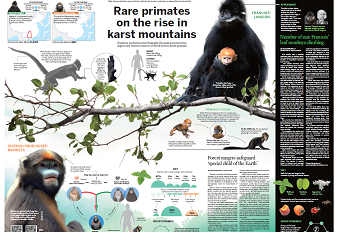Balancing prosperity and authenticity in ethnic tourism
In 2021, President Xi Jinping toured remote rural areas of Guizhou province, celebrating the eradication of absolute poverty in the last nine districts of the country marked by the government as underdeveloped. In the Miao ethnic group village of Huawu, Xi commended the villagers' creative repackaging of traditional Miao embroidery techniques in order to promote rural vitalization.
Xi's tour was part of a wider effort to develop the region by leveraging its unique ethnic culture. Other cultural commodities the Miao are looking to capitalize on include: folk dances such as shuigu, which is performed in water; batik, a patterned cloth used in traditional garments, produced by dyeing with indigo and dipping in beeswax; performances with lusheng, a reed pipe; silverwork, which the Miao originally perfected to produce ceremonial ornaments; and a variety of other cultural displays and artisanal handicrafts, many of which originally served a symbolic, ritual function.
This is combined with a push to build afresh, or repurpose family properties, to increase the number of inns and restaurants in ethnic villages, where stilt houses, snaking, steep-shored rivers and towering peaks make for breathtaking surroundings.
These efforts have been massively successful in repurposing traditional culture in order to survive in the commercialized landscape of the reform and opening-up era. In 2021, 644 million tourists, mostly domestic, visited Guizhou, generating $98 billion in income. The per capita GDP for rural residents has increased 2.7 times from 2012-21, according to the provincial government, and 9.23 million residents have been lifted out of poverty. In Huawu, the Miao village visited by Xi, income rose even more sharply, from 2,450 yuan ($347) in 2012 to a projected 28,000 yuan this year.
The economic benefit of these projects is clear. However, the jury is still out on the extent of the sociocultural change they have produced. A study by Wang Xiaoyan, an anthropologist at the Center for Studies of Education and Psychology of Ethnic Minorities in Southwest China, is illustrative. His research into a Miao village in Congjiang county, Qiandongnan Miao and Dong autonomous prefecture, shows that traditional culture is still very much alive, just not in the places one might think.
The object of his study was one of the first villages to be earmarked by the provincial government for tourism development in 1999. The villagers were organized into troupes and performed a repertoire of activities derived from traditional cultural elements. Through economic integration and increased income, they were able to purchase more varied goods, and developed what he termed "commodity consciousness". However, external aspects of their culture, like costume, hairstyles, songs, dances and musical instruments, were subsumed into the tourist industry and, in some cases, discarded as an organic part of life; they remained only to serve as entertainment for visitors.
He was, however, able to identify many yet-living aspects of the culture, especially in the intimate spheres of life that are most difficult for the market to penetrate. Courtship ritual, kinship practices, marriage and burial ceremonies, tree worship, the role of practitioners of magic in religious rite — all were still in use, though sometimes in modified form, catering to ongoing social necessity.
There is a good argument to be made that bringing the benefits of China's rapid growth to isolated communities that have historically been left behind trumps the maintenance of cultural authenticity. But it begs the question, how much connection do these tourist activities really have to the past, and how much are they dictated by the logic of contemporary market economics?
京ICP备13028878号-8







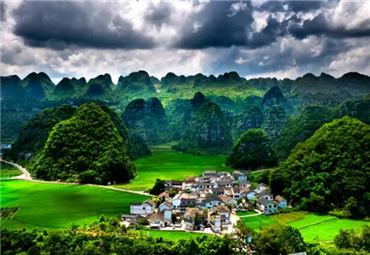 Overview
Overview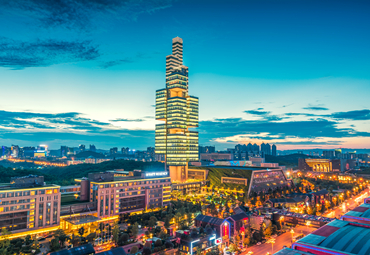 Guiyang
Guiyang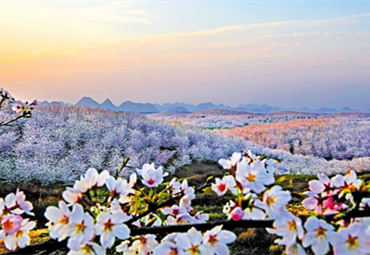 Guian New Area
Guian New Area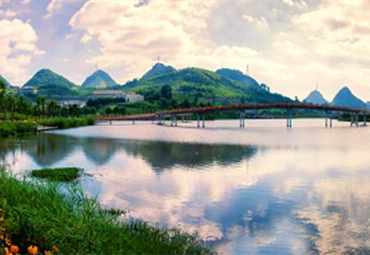 Liupanshui
Liupanshui Anshun
Anshun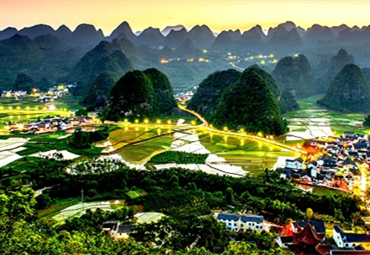 Qianxinan
Qianxinan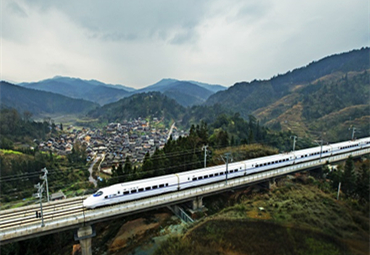 Qiandongnan
Qiandongnan Qiannan
Qiannan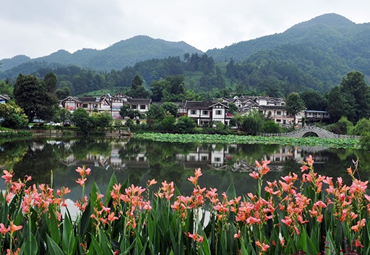 Zunyi
Zunyi Tongren
Tongren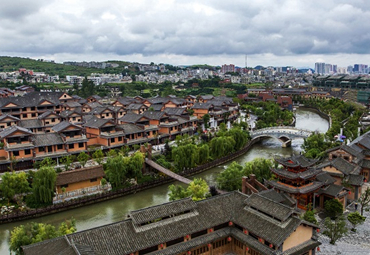 Bijie
Bijie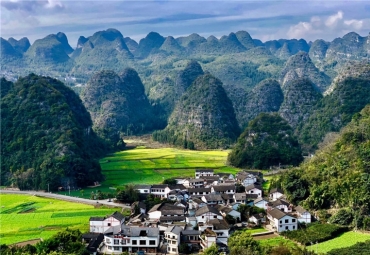 18th Guizhou Tourism Industry Development Conference
18th Guizhou Tourism Industry Development Conference 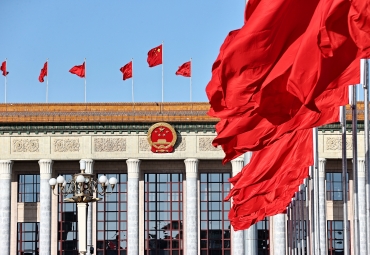 Guizhou voice at 2024 national two sessions
Guizhou voice at 2024 national two sessions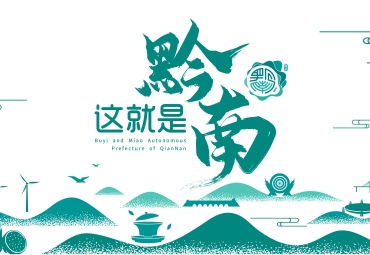 Discover natural beauty in Qiannan, Guizhou
Discover natural beauty in Qiannan, Guizhou 
